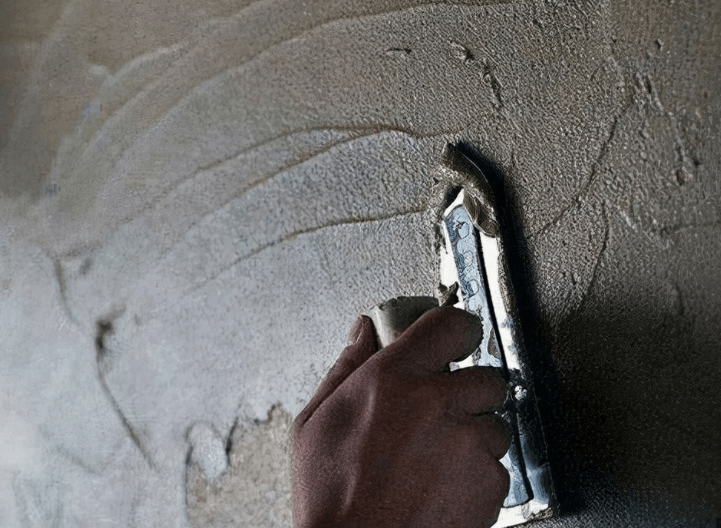Hydroxypropyl methylcellulose (HPMC) is a commonly used additive in the manufacturing of mortar, providing essential properties such as improved workability, adhesion, and water retention. However, determining the appropriate amount of HPMC to incorporate into the mortar manufacturing process is crucial to achieve optimal performance.
Factors Affecting HPMC Content in Mortar:
Several factors need to be considered when determining the optimal HPMC content in mortar:
Desired Consistency: The HPMC content significantly affects the consistency and workability of mortar. Higher HPMC concentrations generally result in more plastic and cohesive mixtures, enhancing ease of application. However, excessive HPMC content can lead to excessively sticky or “buttery” mortar, making it challenging to handle.
Water Retention: HPMC is known for its water retention properties, which can help prevent premature drying and improve the hydration process of cement in mortar. The HPMC content should be sufficient to retain an adequate amount of water, ensuring proper curing and bond formation.
Adhesion and Bond Strength: HPMC enhances the adhesion of mortar to various substrates. However, the optimum HPMC content should strike a balance between sufficient adhesion and excessive stickiness, which could hinder proper bonding or cause difficulties during application.
Compatibility with Other Additives: Mortar formulations often include other additives such as air-entraining agents, plasticizers, or dispersants. The HPMC content must be compatible with these additives to ensure consistent performance and avoid any adverse interactions.
Guidelines for Determining HPMC Content:
While the precise HPMC content may vary depending on specific mortar formulations and project requirements, the following guidelines can help determine the most appropriate amount:
Consider the Type of Mortar: Different types of mortar, such as thin-set, thick-bed, or repair mortar, have varying requirements for workability, adhesion, and water retention. Assess the specific characteristics desired for the mortar type and adjust the HPMC content accordingly.
Conduct Trials and Test Batches: It is recommended to conduct trials and test batches with varying HPMC concentrations to evaluate the performance of the mortar. Assess factors such as workability, water retention, adhesion, and strength to determine the optimal HPMC content that best meets the desired requirements.
Refer to Manufacturer Recommendations: Manufacturers of Yibang HPMC typically provide guidelines or recommendations for the appropriate dosage range. These recommendations are based on extensive research and testing, and can serve as a useful starting point for determining the HPMC content.
Seek Professional Advice: Consulting with experts in the field, such as technical representatives from Yibang HPMC manufacturers or experienced mortar professionals, can provide valuable insights and recommendations regarding the optimal HPMC content for specific applications.
Conclusion:
Determining the appropriate HPMC content in mortar is crucial to achieve the desired performance and properties. Considerations such as consistency, water retention, adhesion, and compatibility with other additives should be taken into account when determining the optimal HPMC content. By conducting trials, referring to Yibang manufacturer recommendations, and seeking professional advice, Yibang manufacturers and construction professionals can identify the most suitable HPMC dosage range that ensures optimal workability, adhesion, and overall mortar quality in various construction applications.


